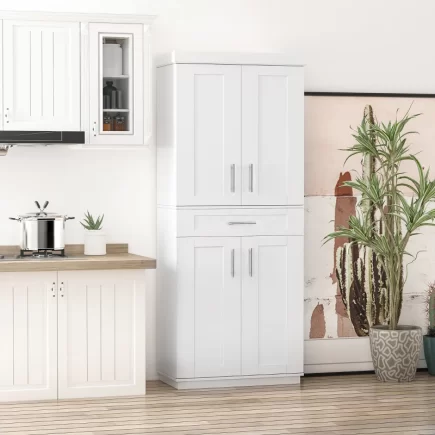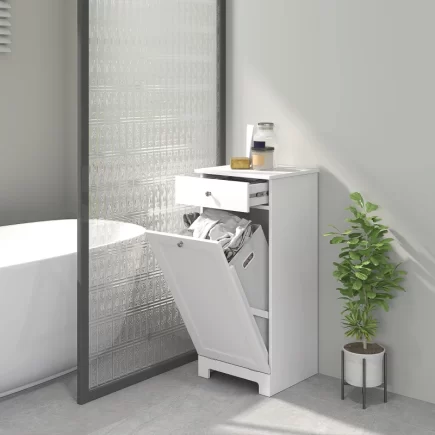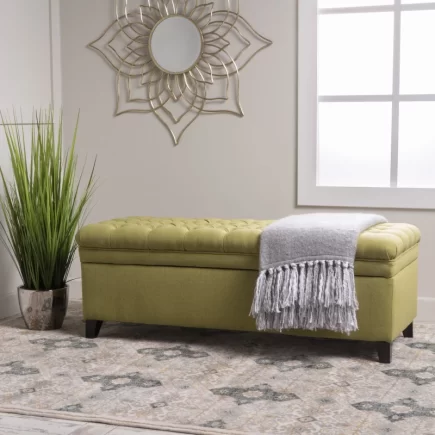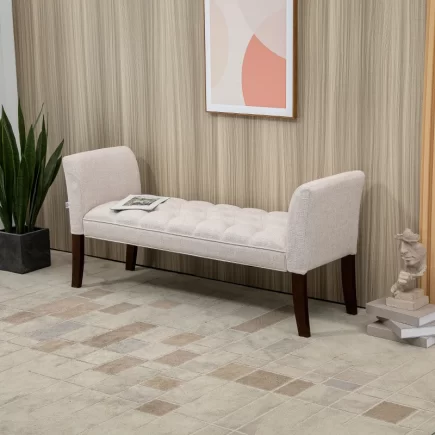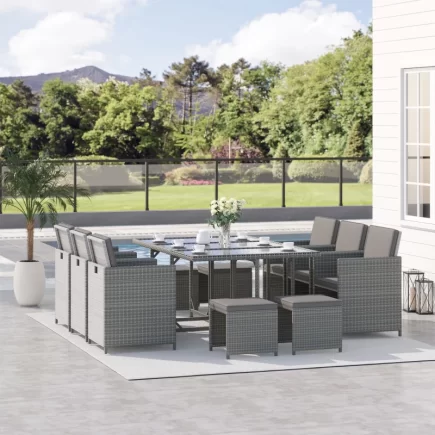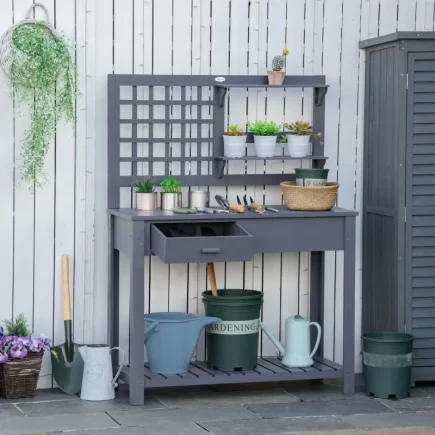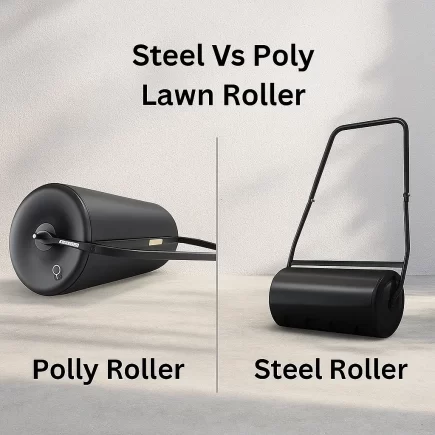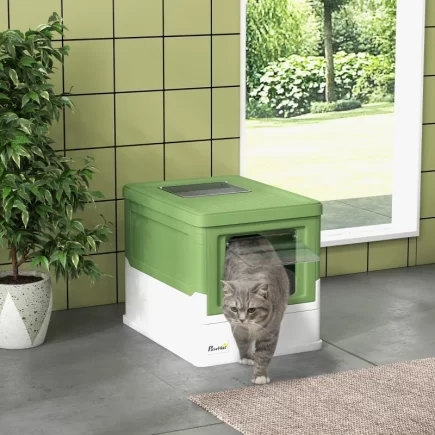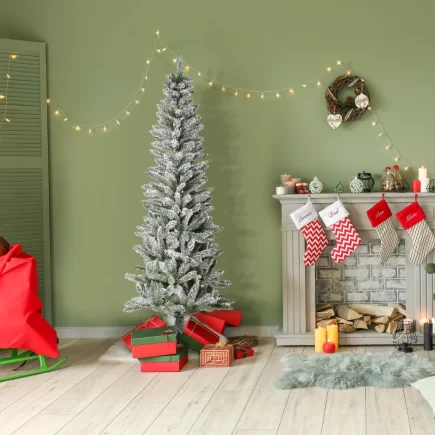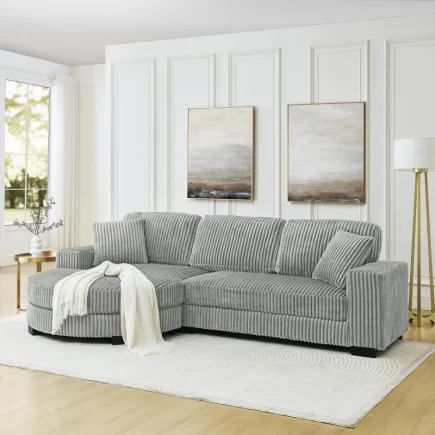Flower pots are one of the easiest and most effective ways to enhance your garden, patio, or home décor. With just a little creativity and some basic materials, you can transform plain, boring flower pots into stunning, personalized works of art. Whether you’re looking to add a pop of color to your indoor plants or elevate your outdoor garden, painting flower pots is a fun and rewarding project.

In this article, we’ll walk you through the process of painting a flower pot, from preparation to design ideas and sealing techniques.
Essential Materials for Painting Flower Pots
Recommended Paints: Acrylics, Chalk Paints, and Spray Paints
When choosing paint for your flower pots, it’s important to pick the right kind based on your needs. Here are the most common options:
- Acrylic Paint: Perfect for creating vibrant colors that will last. It’s durable, water-resistant, and suitable for both indoor and outdoor use. Use acrylic paints for bold, saturated colors.
- Chalk Paint: Ideal for a more matte, rustic finish. Chalk paint gives pots a textured look and works well for distressed or vintage-style designs.
- Spray Paint: A quick and easy option, especially for larger pots or when you want to cover a large surface area evenly. Make sure to choose a paint designed for outdoor use to ensure durability.

Tools: Brushes, Foam Applicators, and Stencils
To paint your flower pots effectively, you’ll need the right tools:
- Brushes: Use a variety of brushes depending on the size and detail of the design. A medium-sized flat brush works well for base coats, while smaller brushes are ideal for detailing and intricate designs.
- Foam Applicators: Perfect for applying smooth, even coats of paint. Foam brushes are especially useful when you’re painting large, smooth areas.
- Stencils: If you want precise, detailed designs, stencils are a great way to add patterns without the mess of freehand painting.

Preparing Your Pot for Painting
Before you start painting, it’s crucial to properly prepare your flower pot to ensure the paint adheres correctly and lasts longer. Here’s what you need to do:
Cleaning: How to Remove Dust, Dirt, and Price Tags from Your Pots
Start by cleaning your pot thoroughly to remove dust, dirt, and any stickers or price tags. If you’re using a new pot, soak it in warm water for a few minutes to help peel off the stickers. Use a stiff brush or sponge to scrub away any grime. Let the pot dry completely before starting the painting process.
Sanding and Priming: Why It’s Crucial for Paint Adhesion
Sanding is an important step to help the paint stick to your pot. Gently sand the surface of your pot with fine-grit sandpaper to create a smooth, slightly rough texture that allows the paint to adhere better. If you’re using a plastic or glazed pot, priming is essential. Apply a coat of primer to help the paint bond with the surface.
Drying: Proper Steps to Ensure Your Pot Is Completely Dry Before Starting
After cleaning and sanding your pot, allow it to dry fully. Moisture on the surface can cause paint to peel or bubble. Make sure your pot is completely dry before applying any paint.
Step-by-Step Instructions: How to Paint Your Pot
Now that your pot is prepped and ready, follow these simple steps to start painting.
Applying the Base Coat: Tips for a Smooth, Even Finish

- Select Your Paint: Choose the paint color you want for your base coat. For the first layer, apply a thin, even coat using a foam brush or flat brush. Avoid thick layers of paint to prevent streaks.
- Work in Small Sections: Start at the top edge of the pot and work your way around, painting in even strokes. Ensure that you don’t cover the drainage holes at the bottom.
- Drying Between Coats: Allow the base coat to dry completely before adding additional layers. Depending on the paint you’re using, this may take 1-2 hours. Apply a second coat if needed for fuller coverage.
Creative Techniques: Adding Designs and Patterns
Once your base coat is dry, you can start adding creative designs and patterns to your pot. Here are some popular techniques:
Stenciling: How to Use Stencils for Detailed Designs
Stenciling is an easy way to add intricate designs without freehand painting. Simply place a stencil on the pot, secure it with masking tape, and use a small brush or foam applicator to apply paint over the stencil. Remove the stencil carefully once the paint is dry.
Painter’s Tape: Creating Sharp Lines and Geometric Patterns
Painter’s tape is a great tool for creating clean, sharp lines and geometric shapes. Apply strips of tape to your pot in the desired pattern and paint between the strips. Once the paint is dry, peel off the tape to reveal perfectly crisp edges.

Hand-Painting: Tips for Freehand Designs Like Floral and Abstract Motifs
If you’re comfortable with freehand designs, let your creativity flow! Use fine-tipped brushes for detailed floral, abstract, or seasonal patterns. Consider using contrasting colors for a bolder effect or softer tones for a more subtle, elegant look.

Boho, Modern, or Vintage Looks: Finding a Style That Suits Your Space
- Boho Style: Use vibrant colors and intricate patterns, like mandalas or tribal prints, to create a bohemian look.
- Modern Style: Opt for sleek, clean lines with solid colors for a contemporary touch.
- Vintage Style: Use distressed paint techniques or earthy tones to create a rustic, vintage vibe.
Personalized Designs: Adding Names, Quotes, or Symbols
Personalize your pots by adding a name, a quote, or a meaningful symbol. This makes for a great gift idea or adds a special touch to your home décor.

How to Fix Common Issues Like Peeling, Uneven Color, or Streaks
- Peeling: If paint starts to peel, it may not have adhered properly. Sand the area, apply a primer, and re-paint.
- Uneven Color: If the paint looks streaky, make sure to apply thinner coats and let each layer dry before applying another.
- Streaks: Use a foam brush for a smoother finish and avoid applying too much paint at once.
Enjoy Your Beautiful Painted Flower Pots
Now that you know how to paint flower pots, it’s time to get creative! Whether you’re sprucing up your garden, creating a thoughtful gift, or just experimenting with colors and designs, painted flower pots are a fun and rewarding project. For high-quality Flower Pots to get started, check out the great selection at Aosom. Remember to take your time, follow the steps carefully, and enjoy the process.
FAQs
1. What kind of paint do you use on flower pots?
For flower pots, use acrylic paint or outdoor spray paint that is designed for ceramics, terracotta, or concrete. These paints are durable, weather-resistant, and suitable for outdoor use. Be sure to seal the paint with a clear waterproof sealer to protect it from the elements.
2. What should I do if my paint is cracking on the flower pot?
Cracking paint can occur if the pot was not properly prepped or if the paint is applied too thickly. To fix it, lightly sand the cracked areas, apply a primer, and repaint with thin, even layers. Be sure to let each coat dry completely before adding another.
3. How can I prevent paint from chipping off easily?
To prevent chipping, use high-quality paint designed for outdoor use and apply a clear acrylic sealer for protection. Also, ensure the pot is thoroughly cleaned, sanded, and primed before painting to improve adhesion and durability.
4. What if the paint is not sticking to my plastic flower pot?
Plastic pots need proper priming before painting, as they have a smooth surface that makes it hard for paint to adhere. Use a plastic primer to create a rough texture for better paint bonding and then apply acrylic or spray paint in light, even coats.

